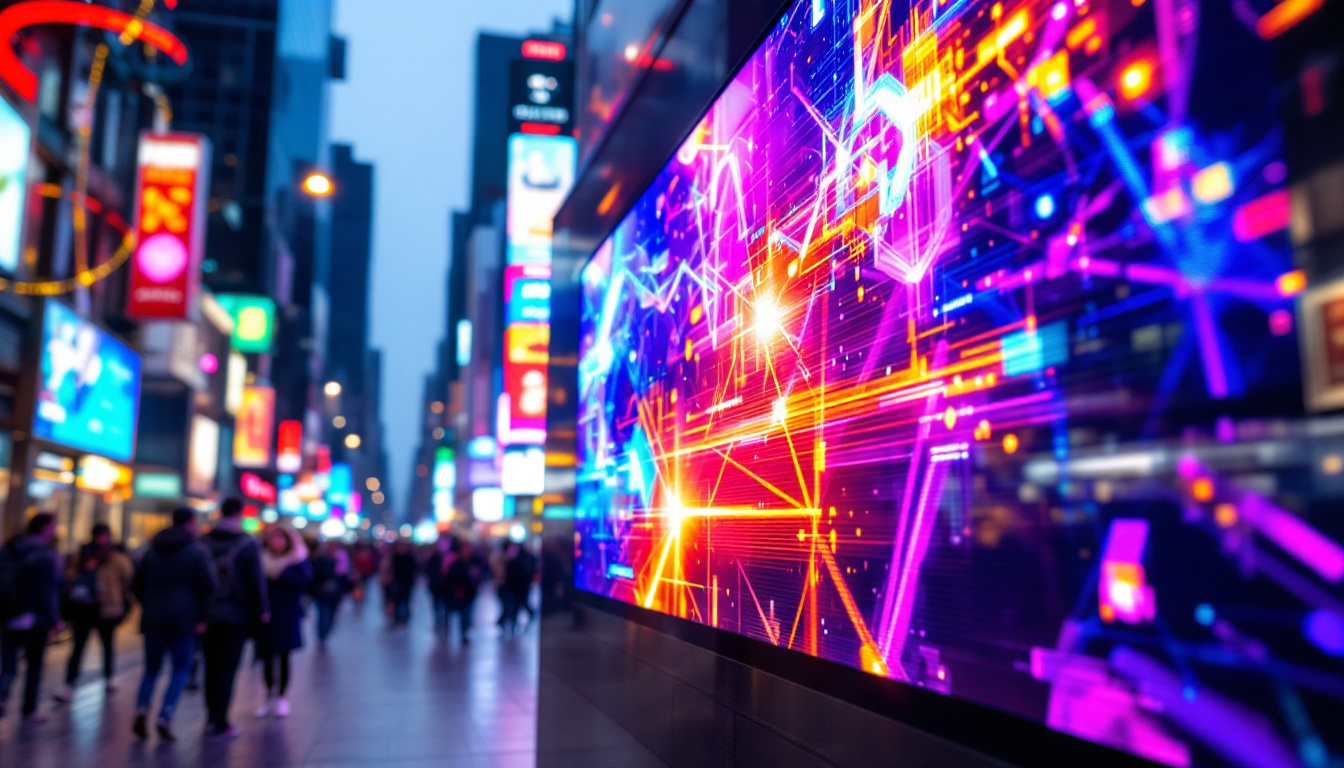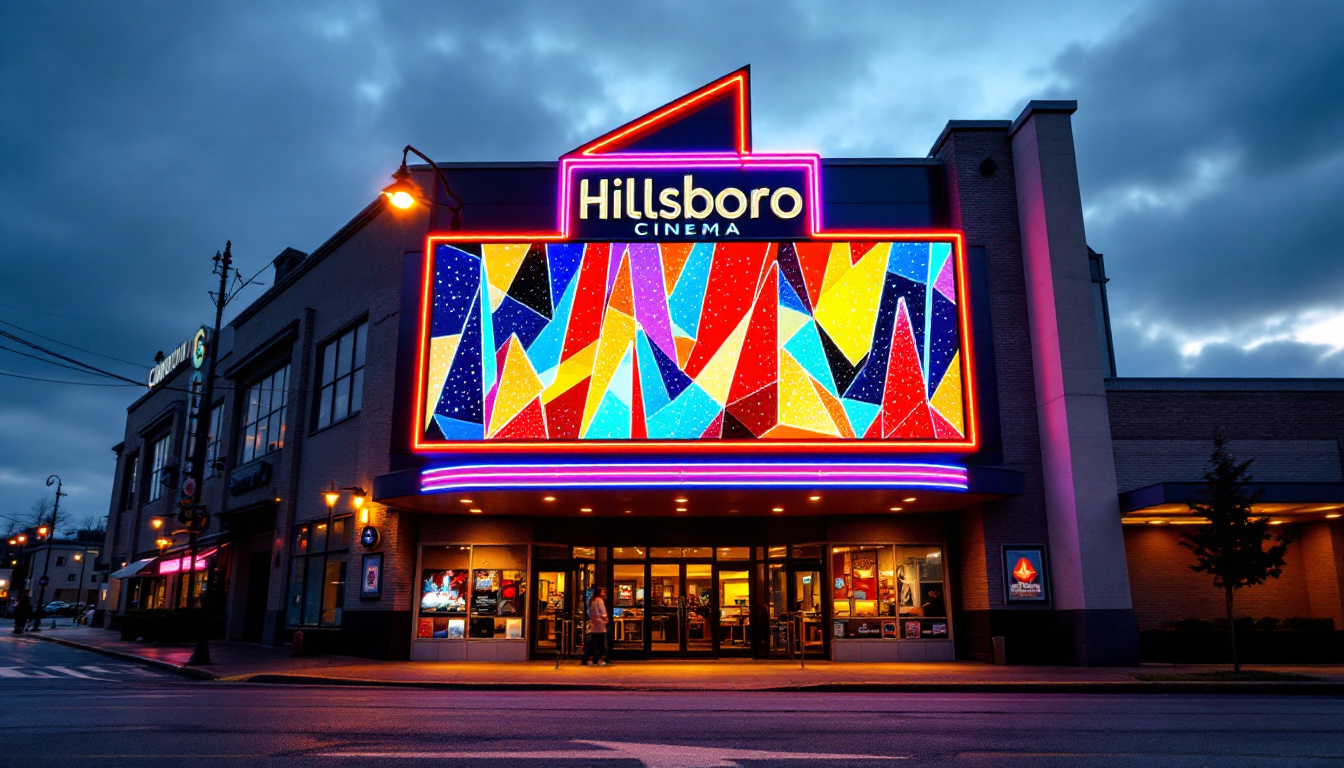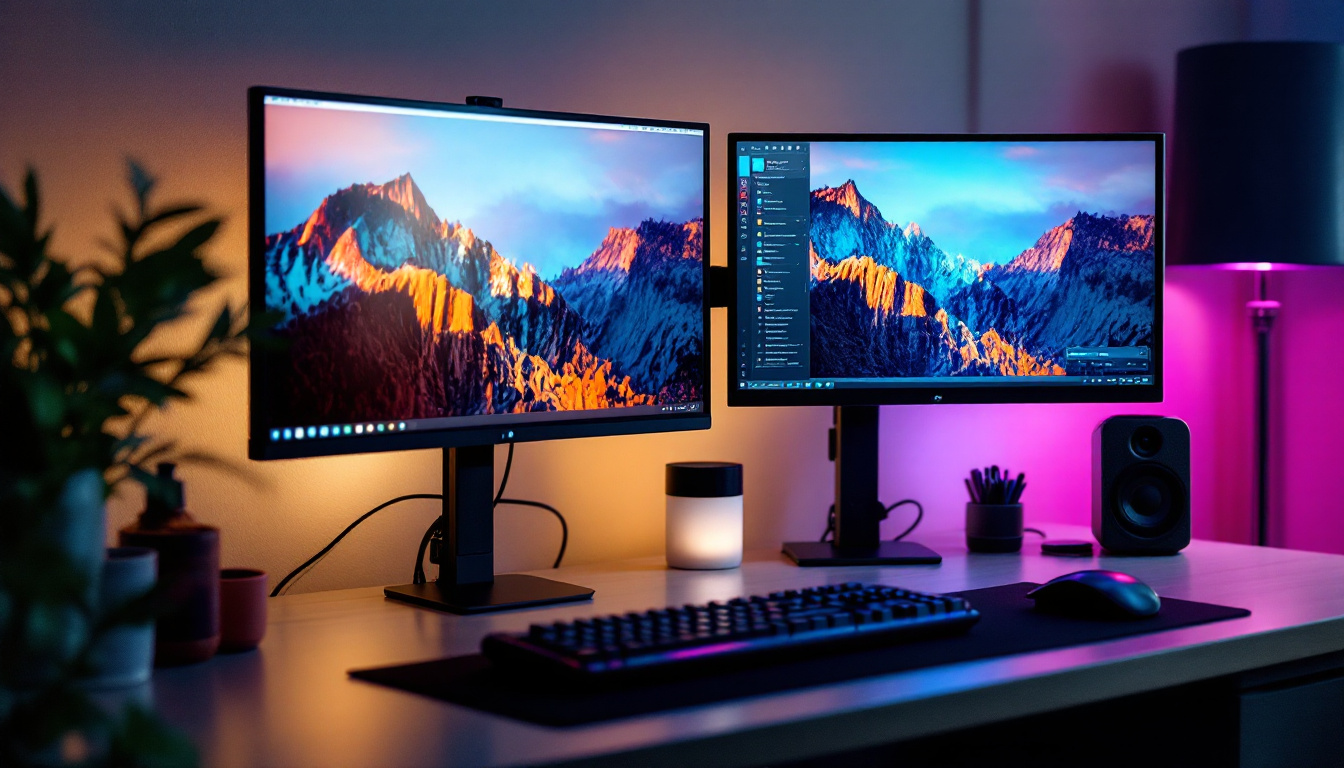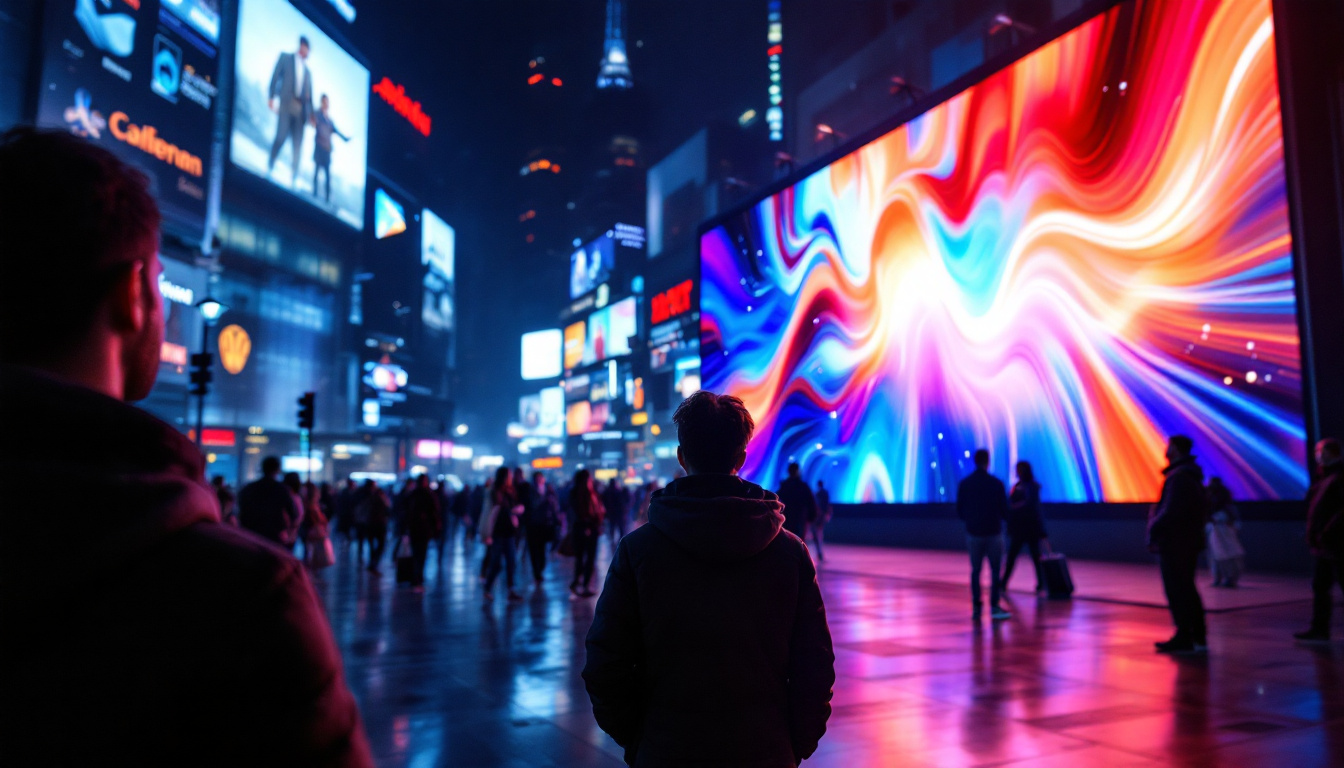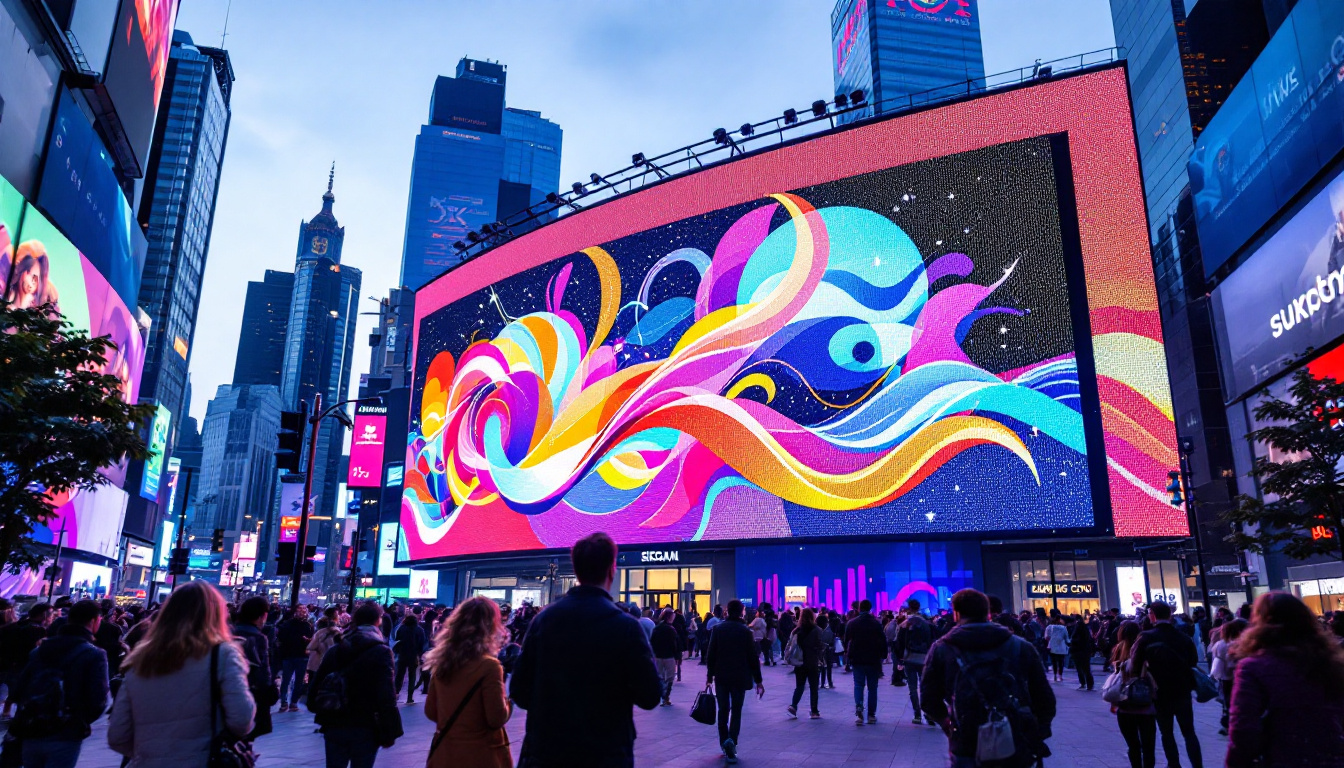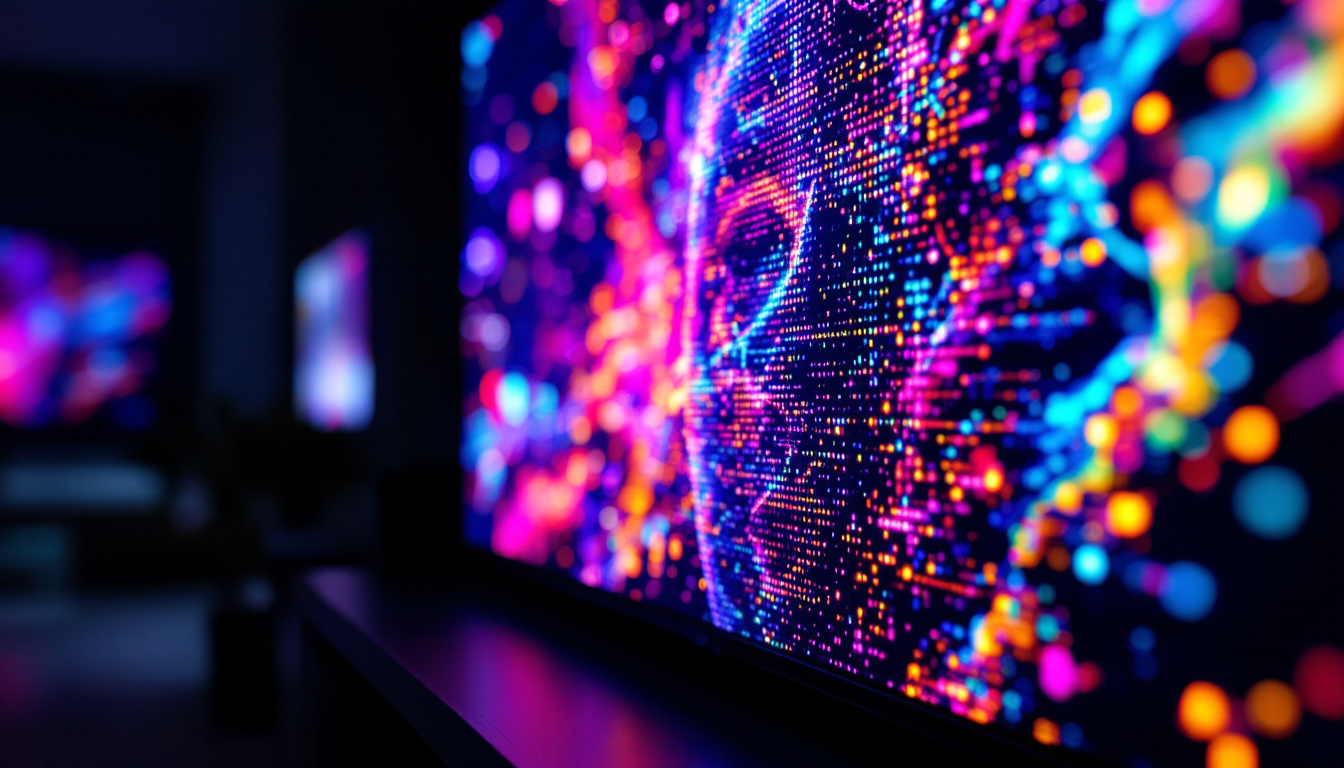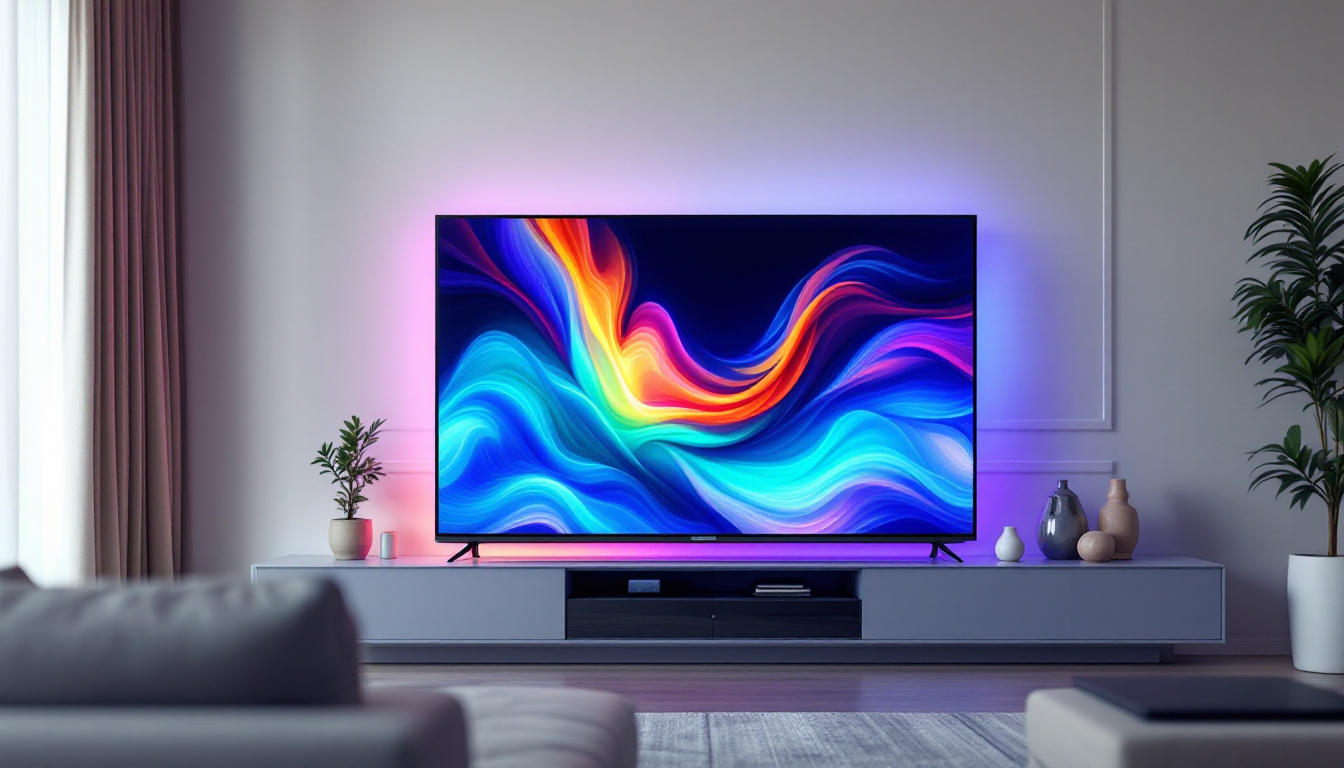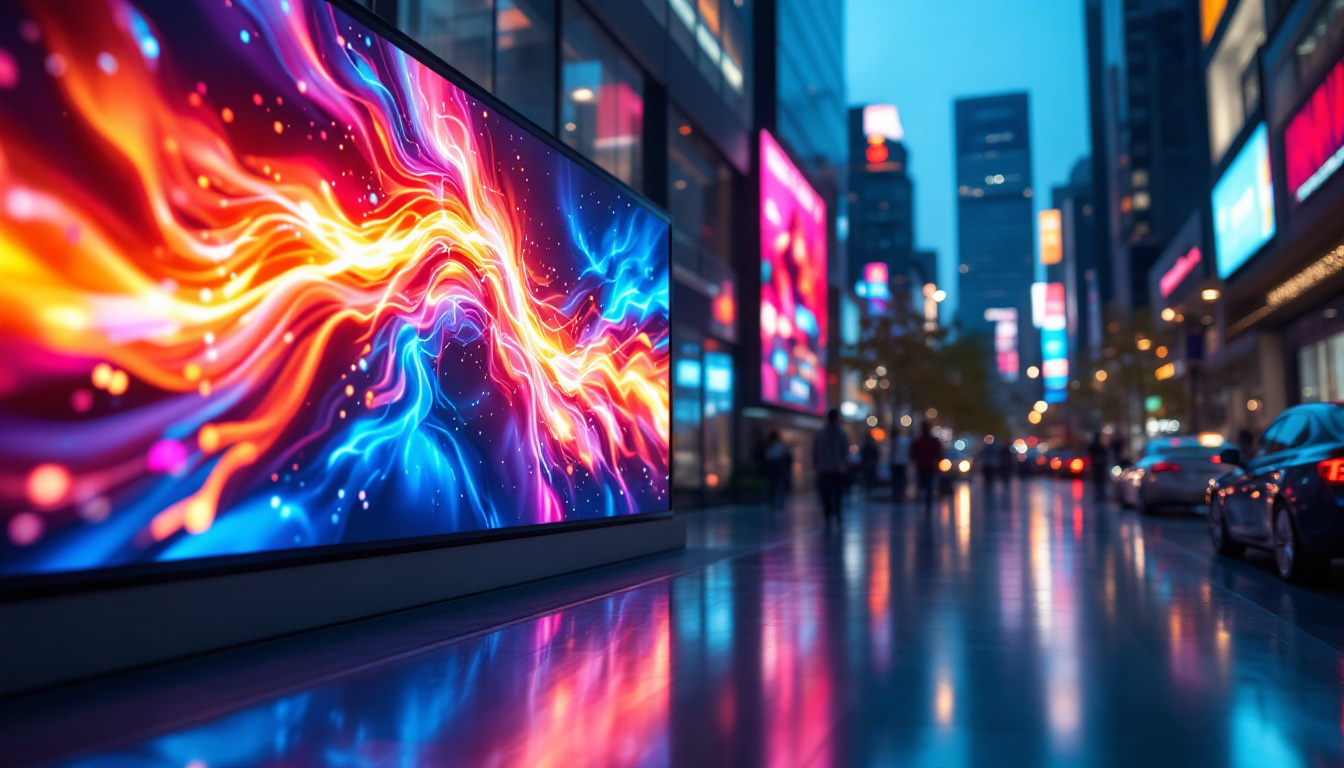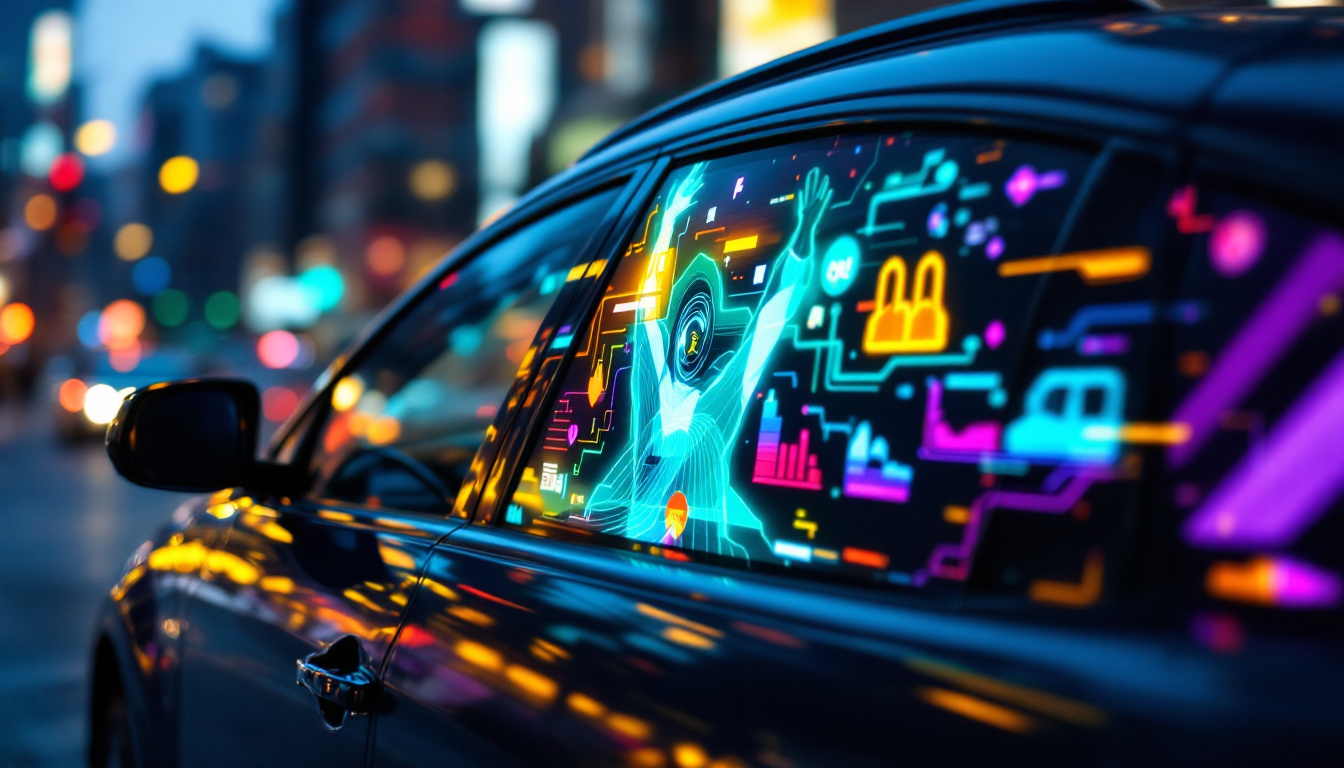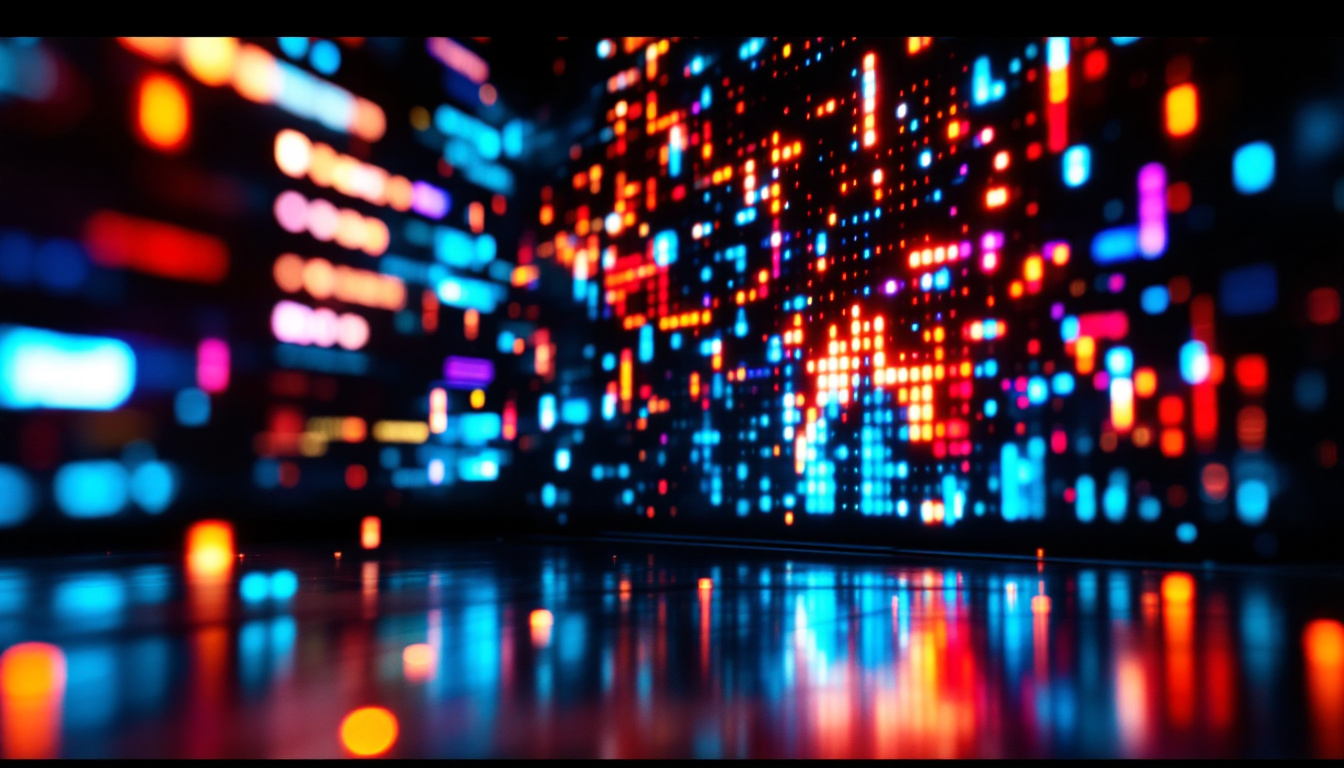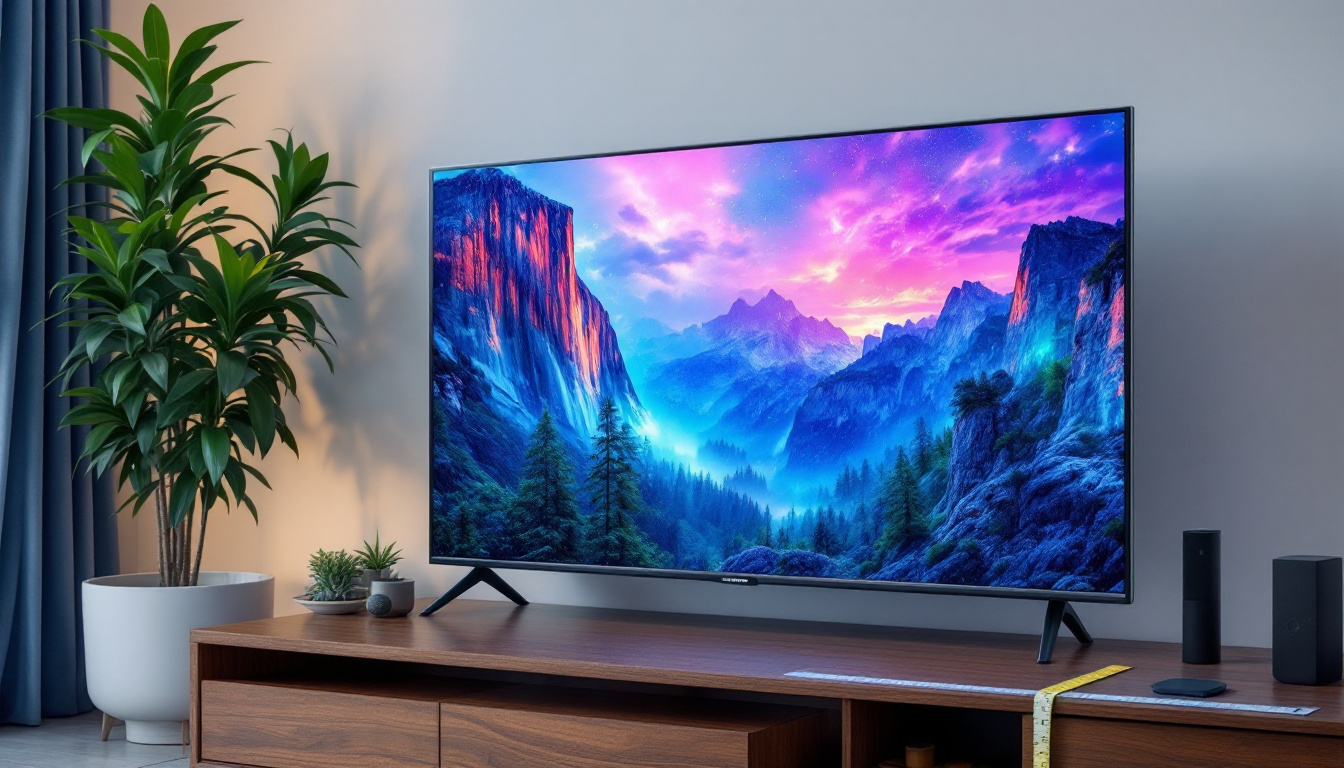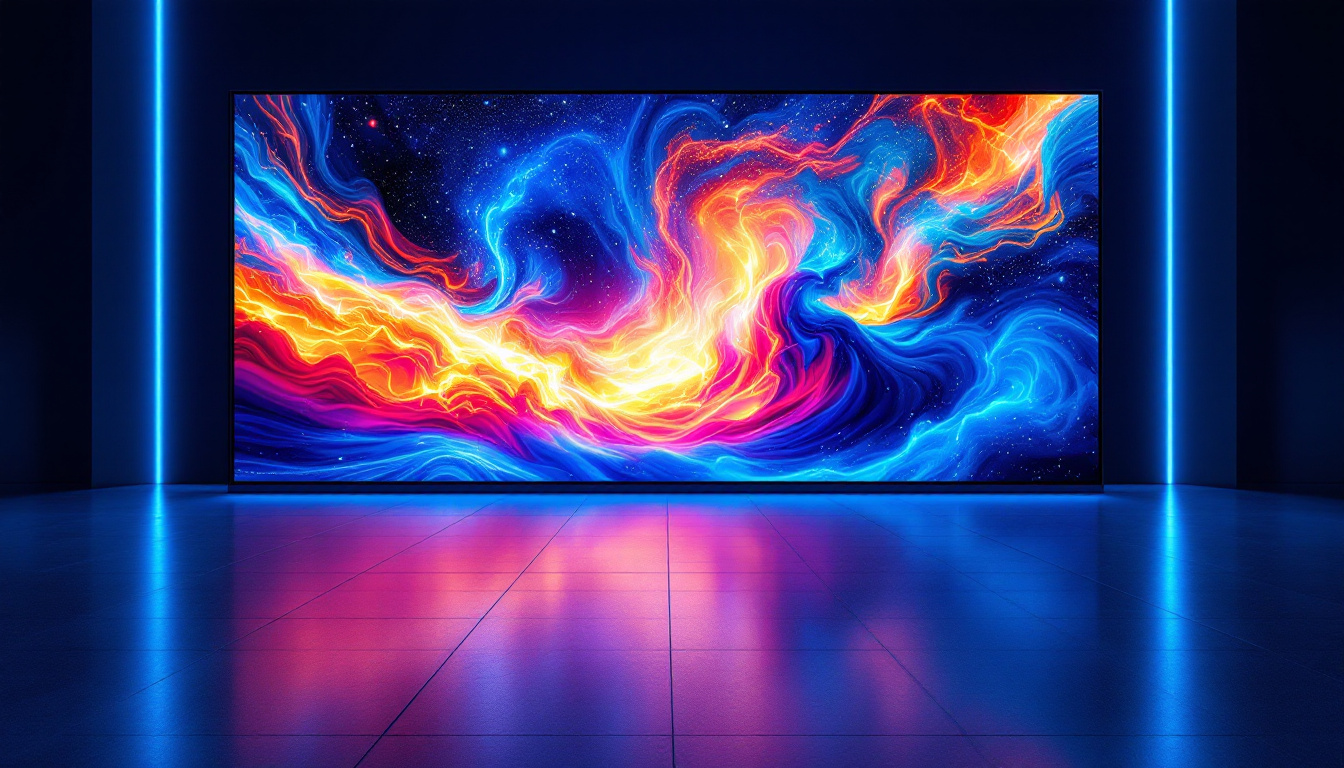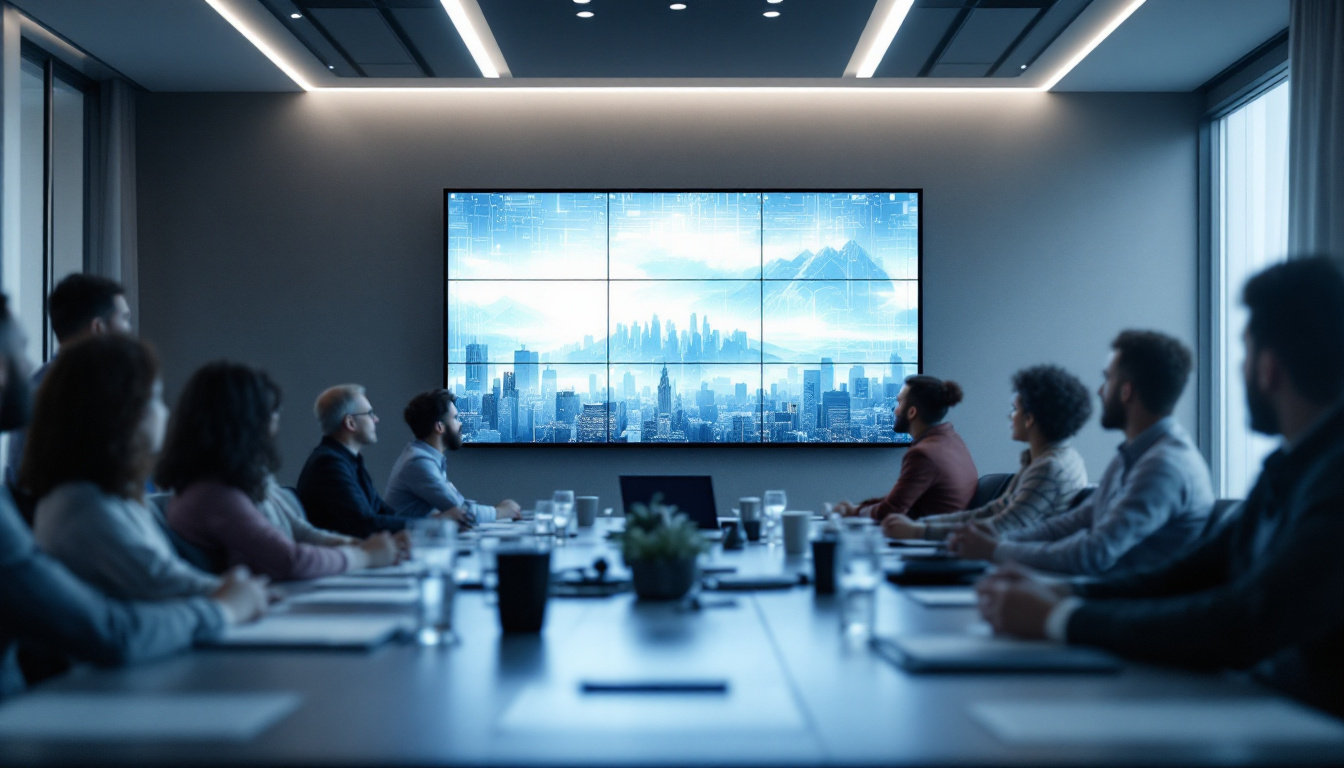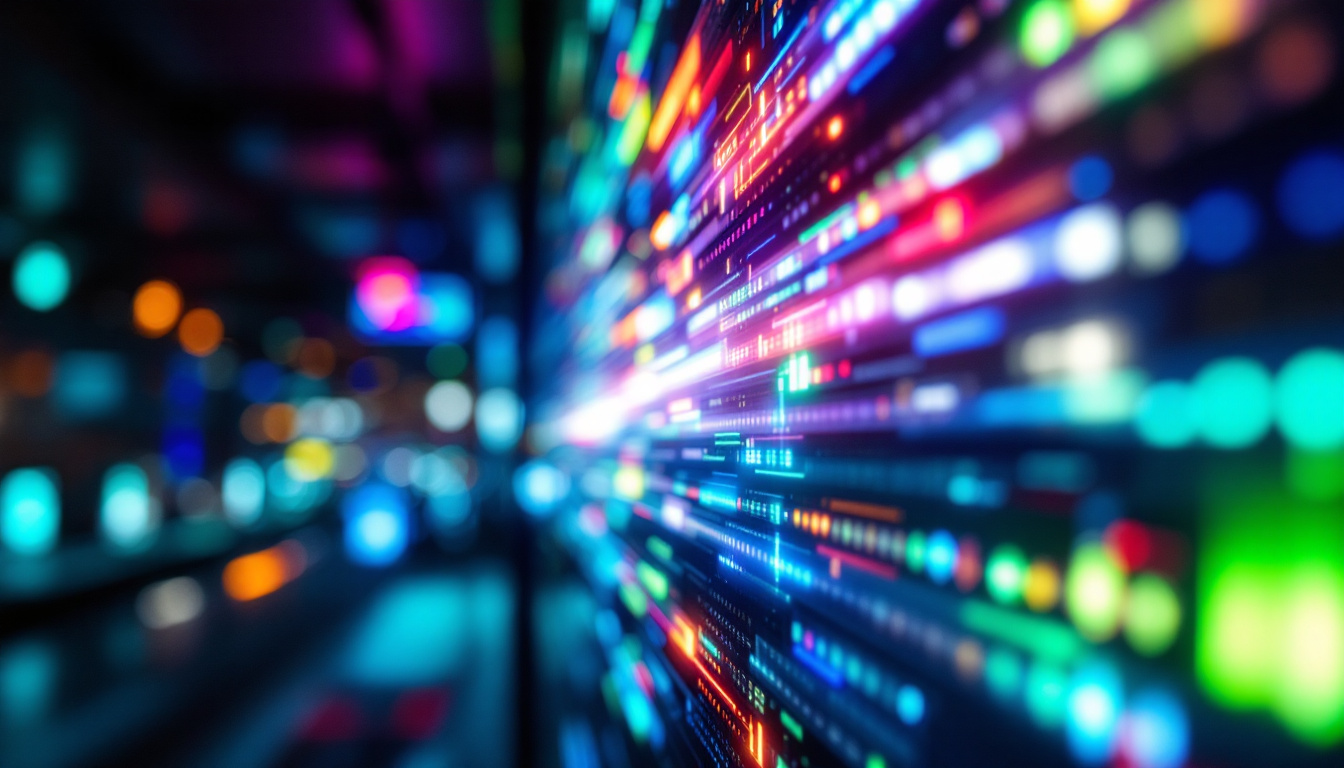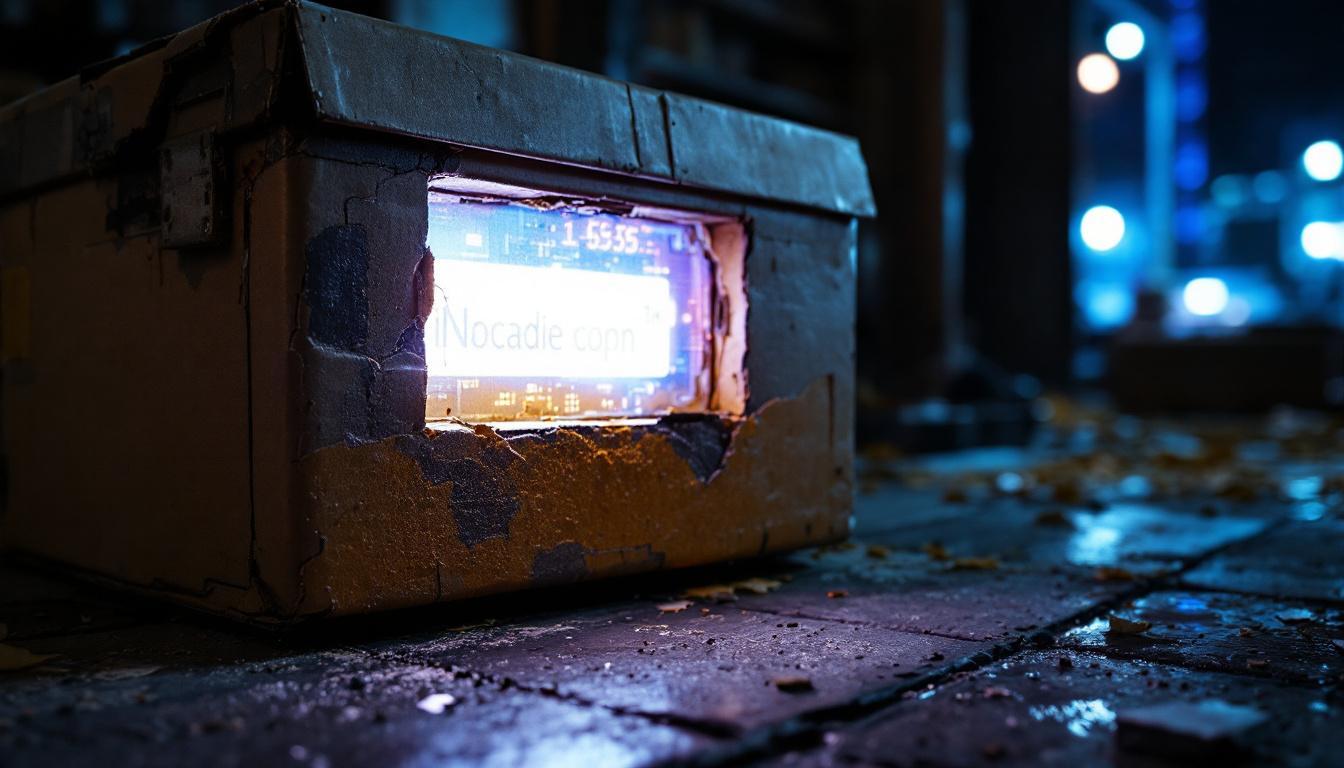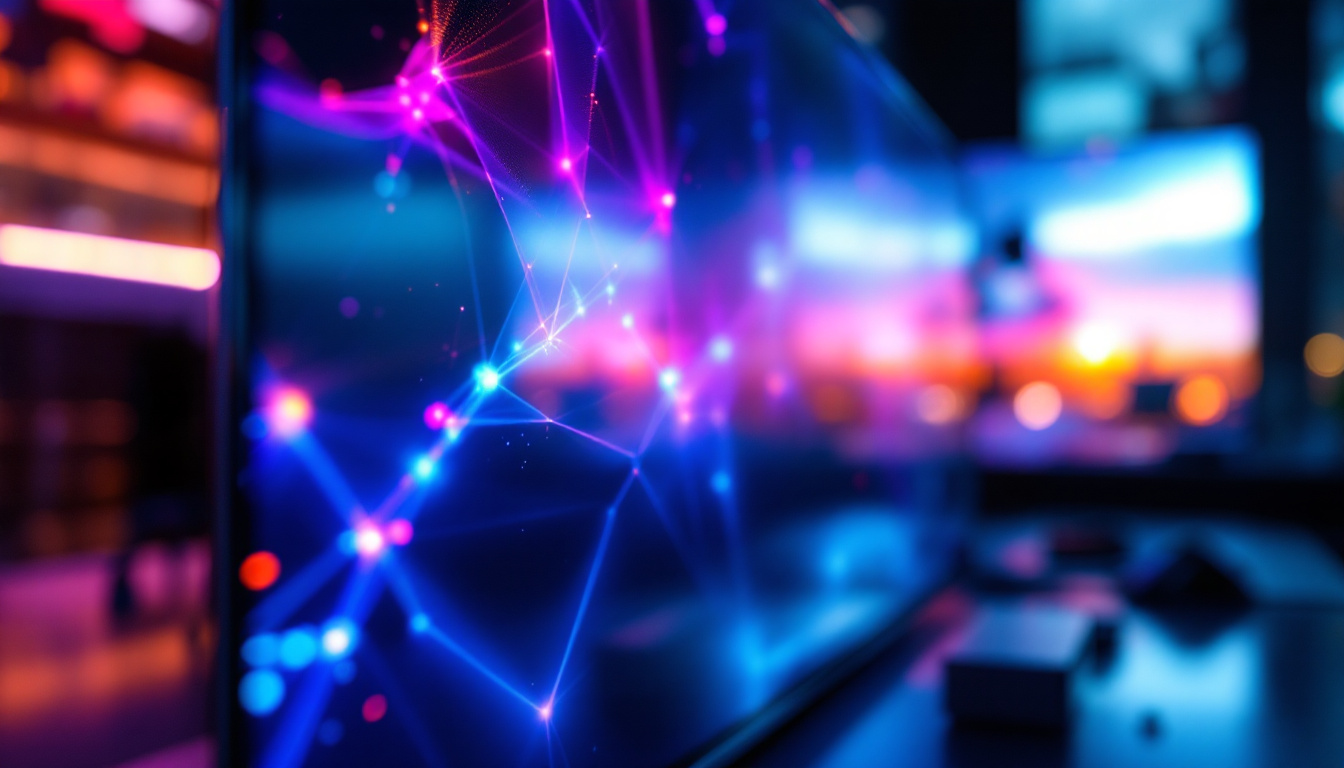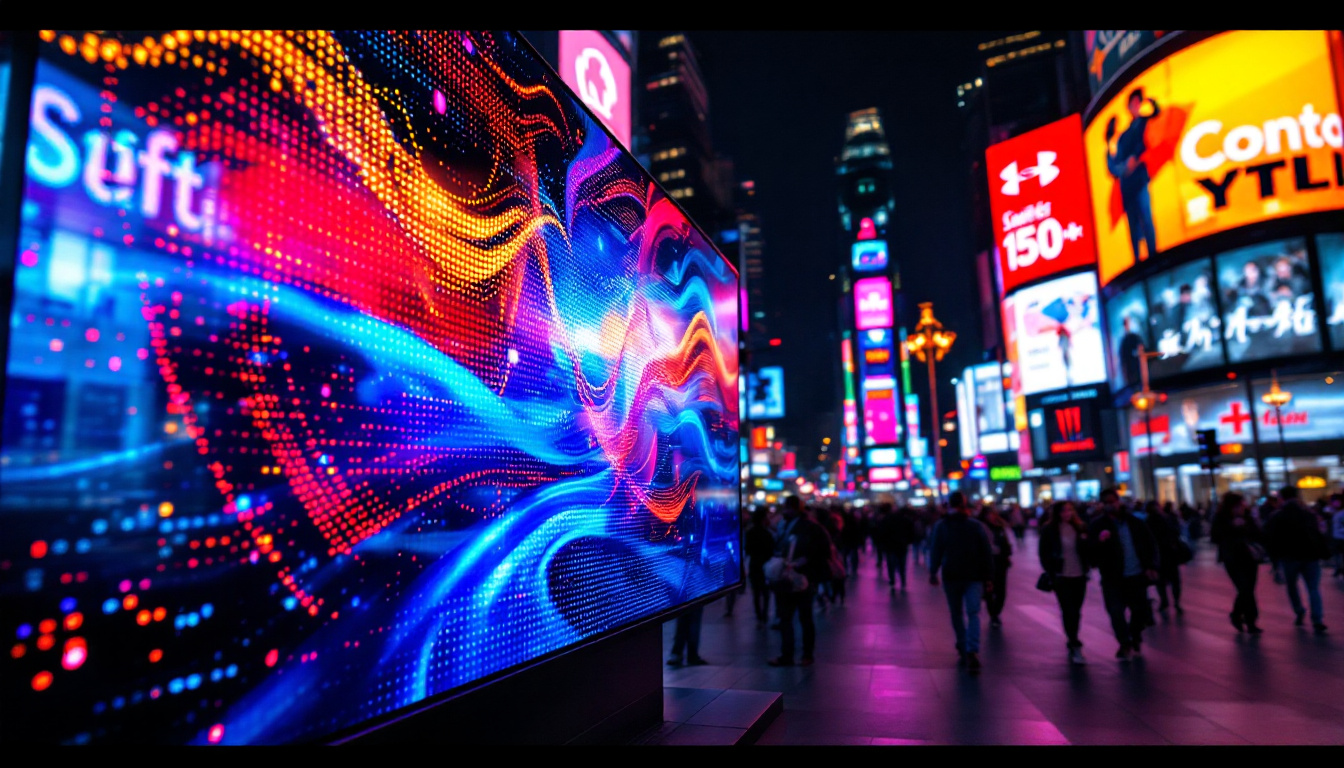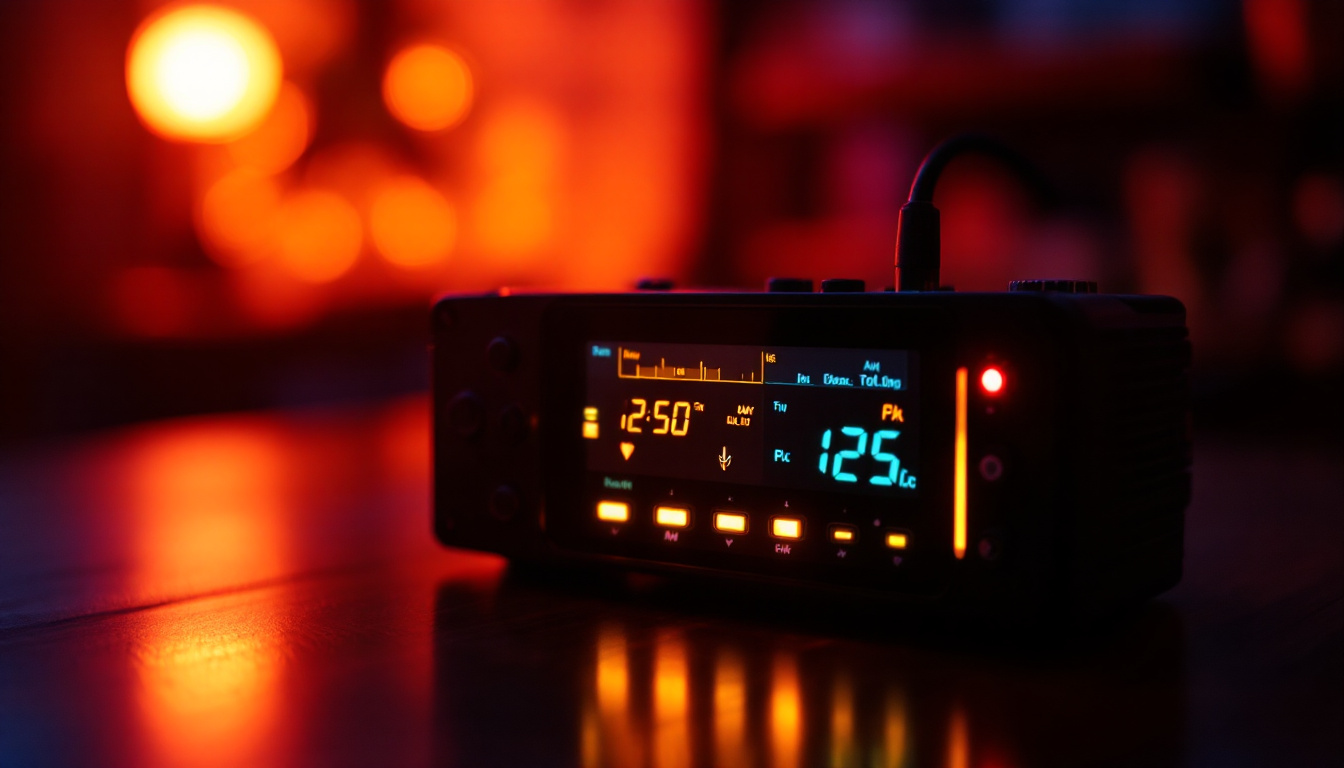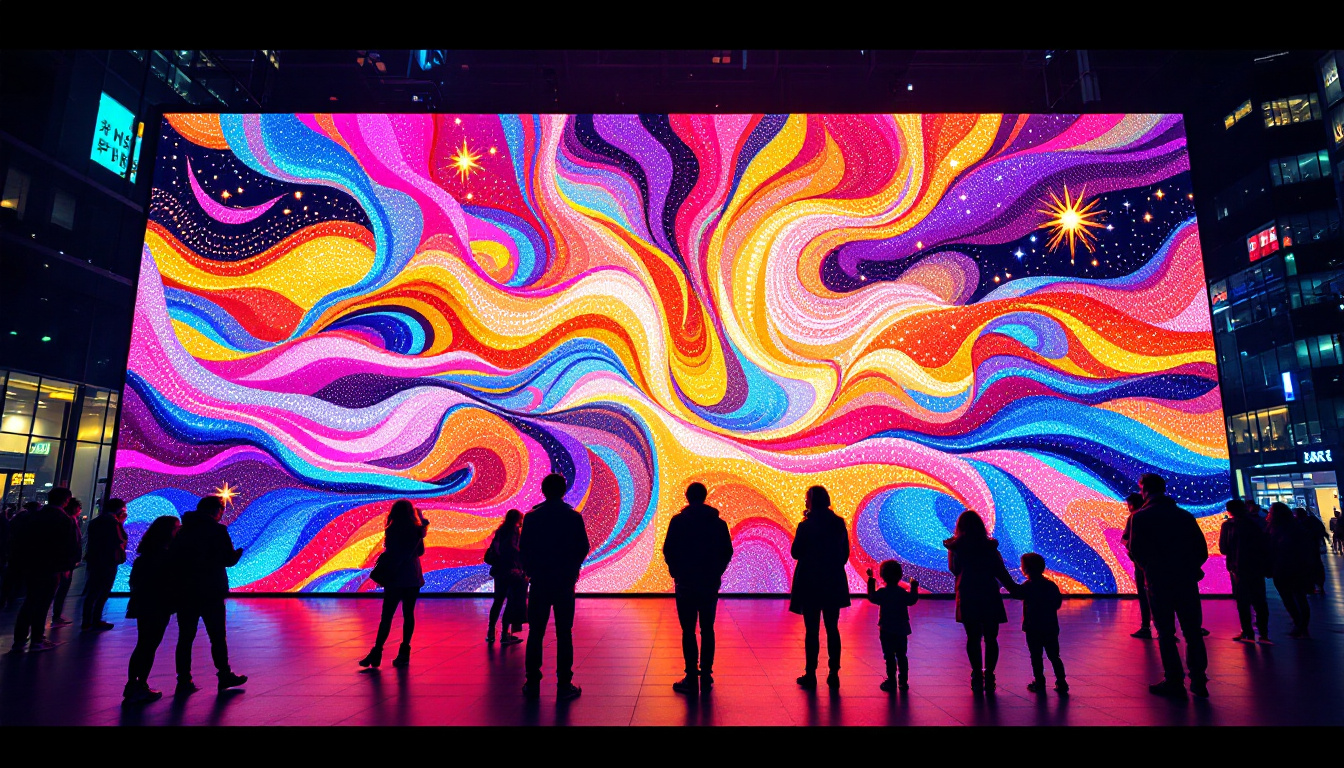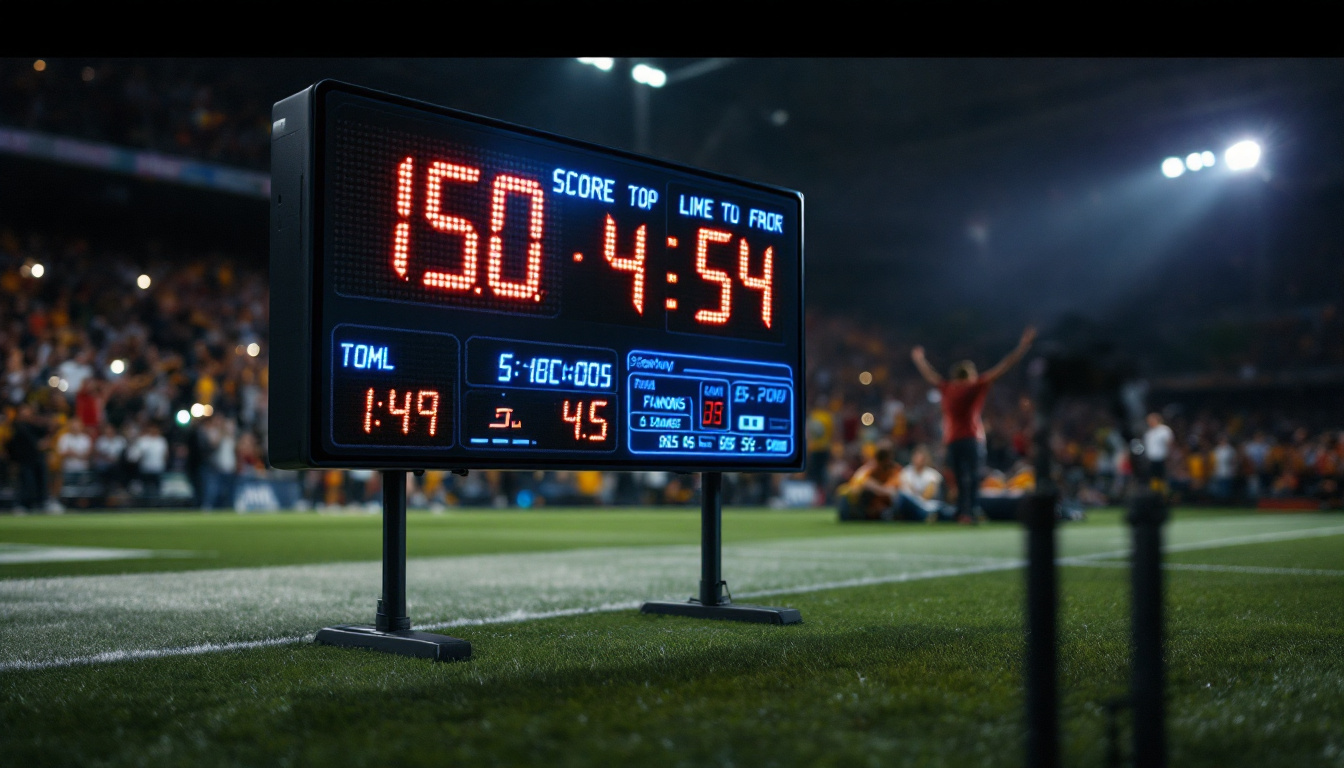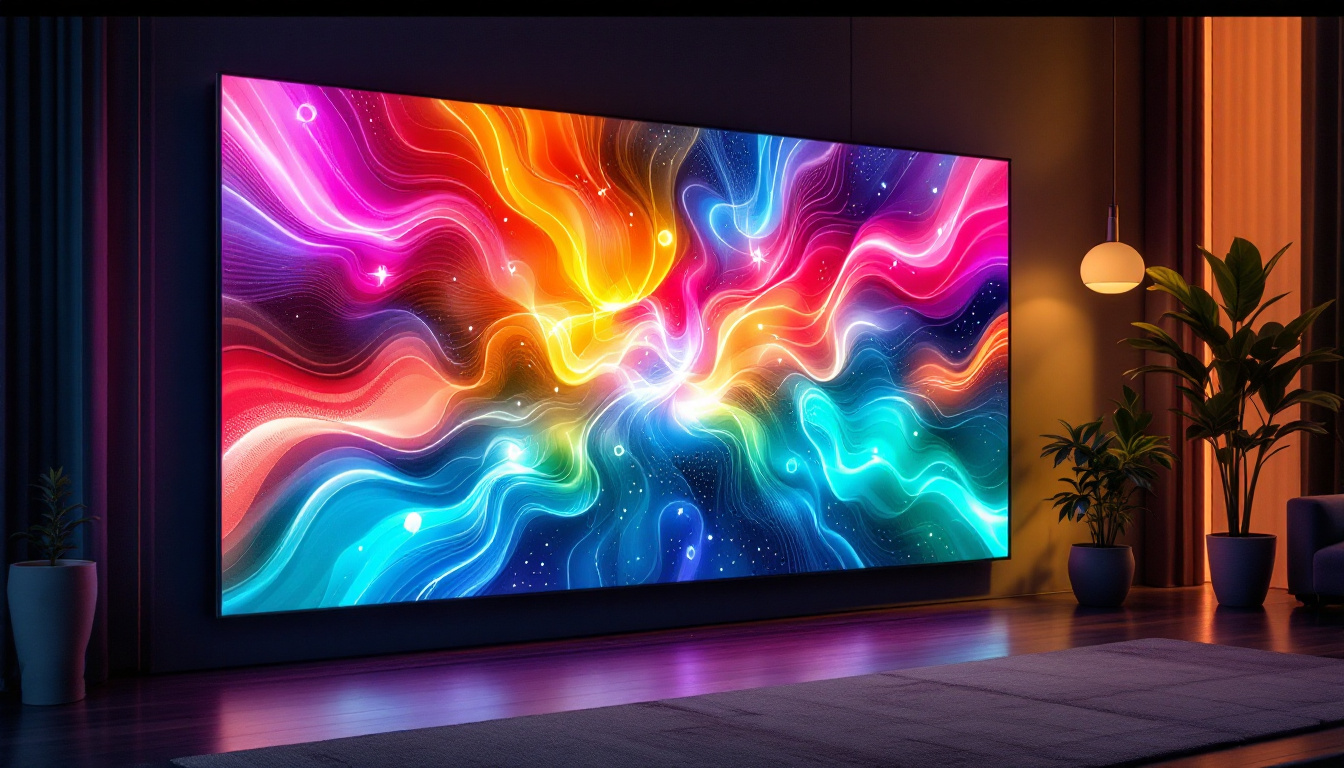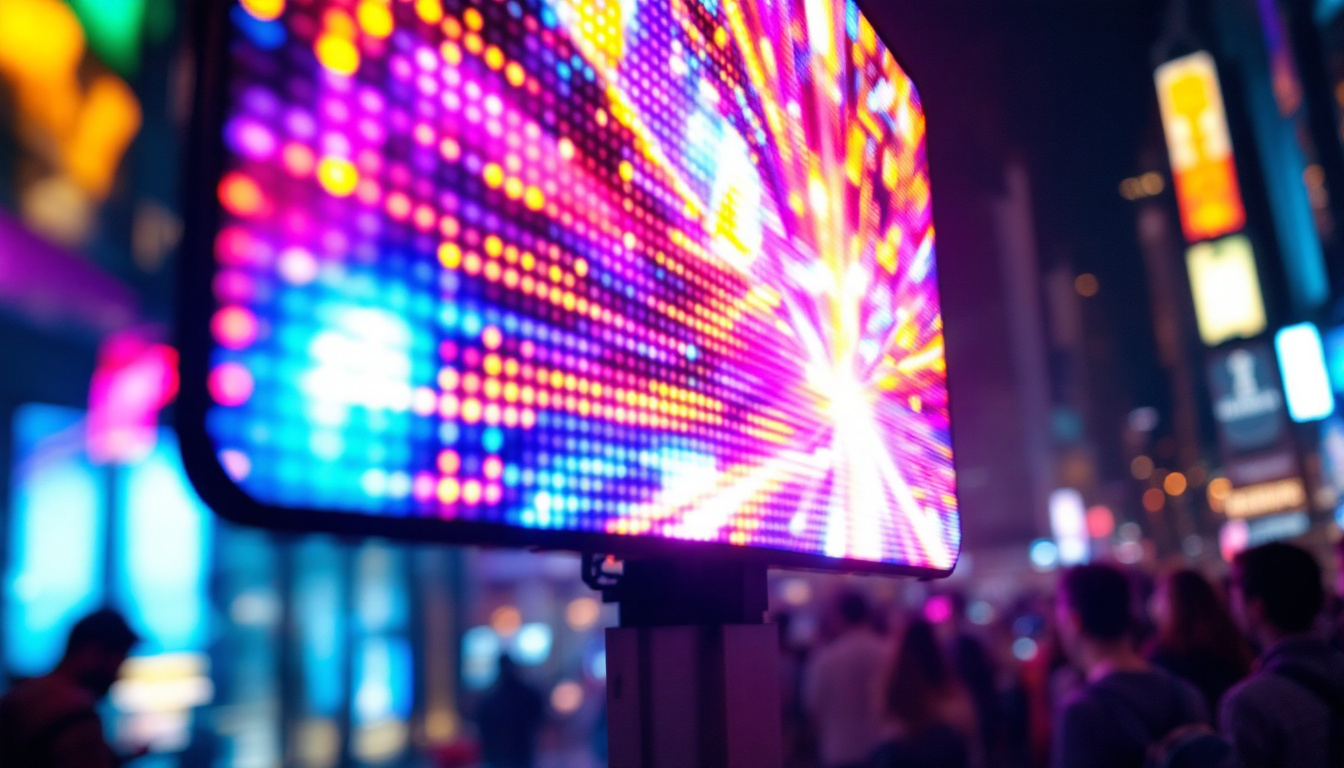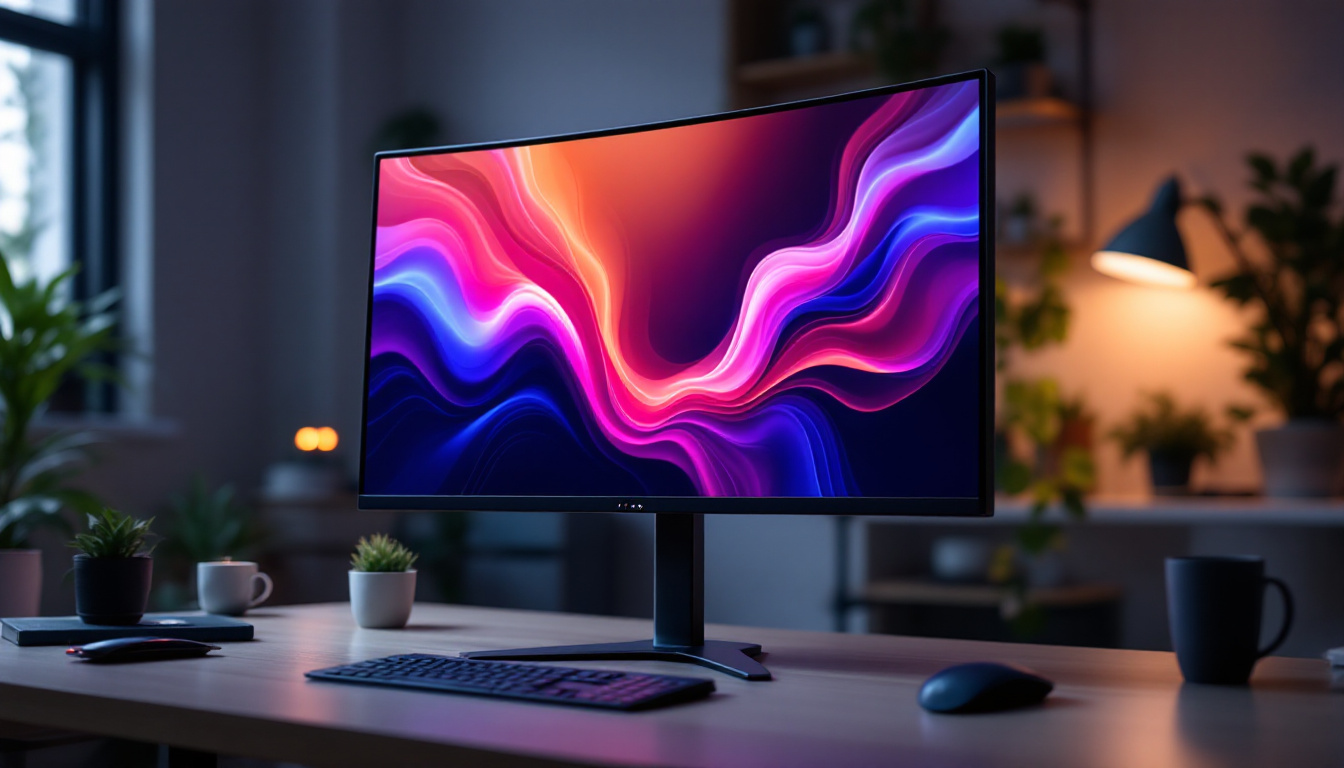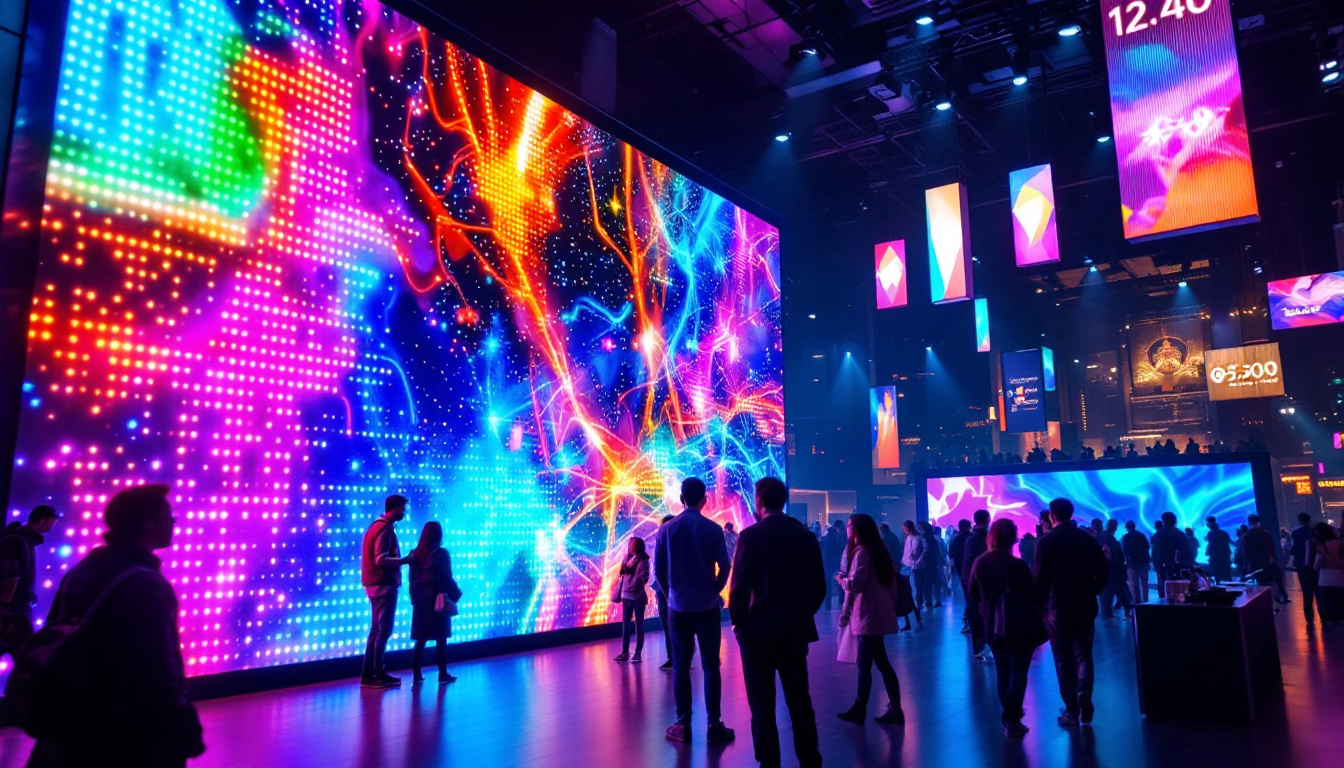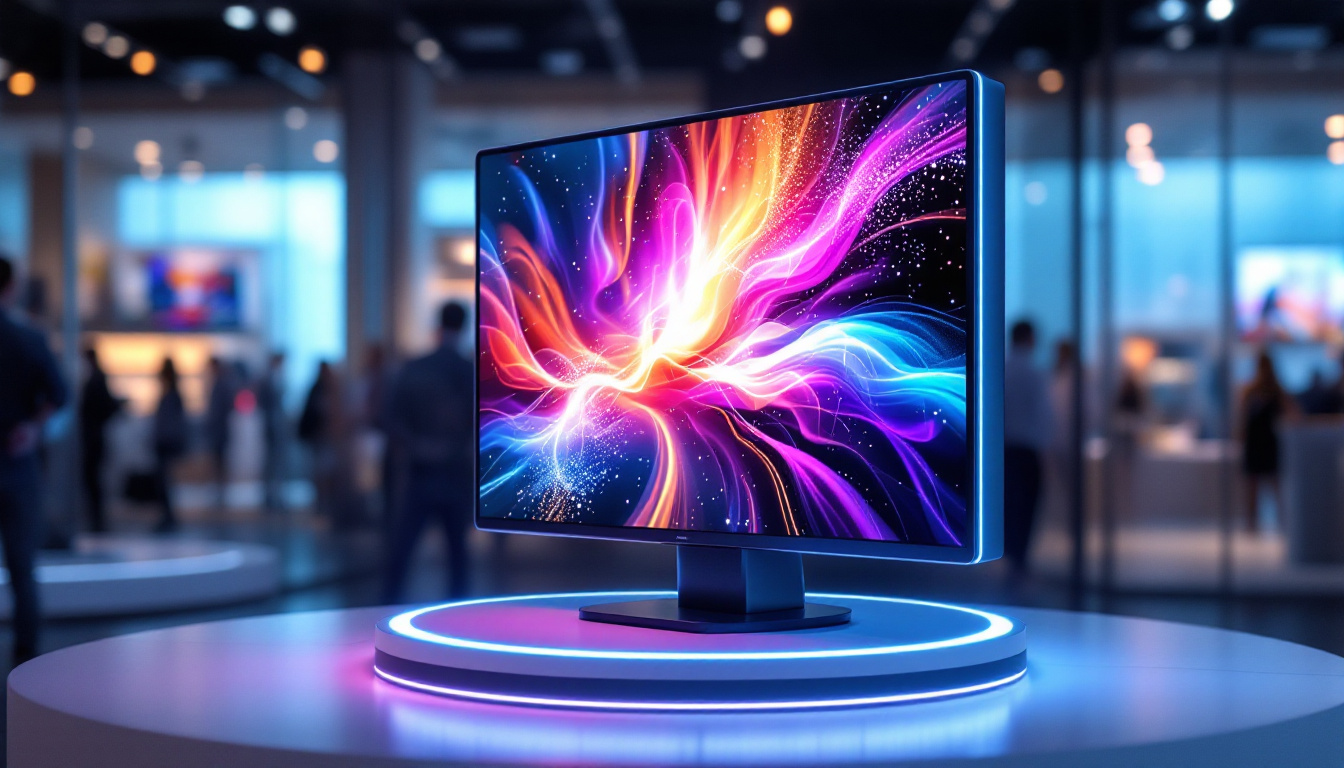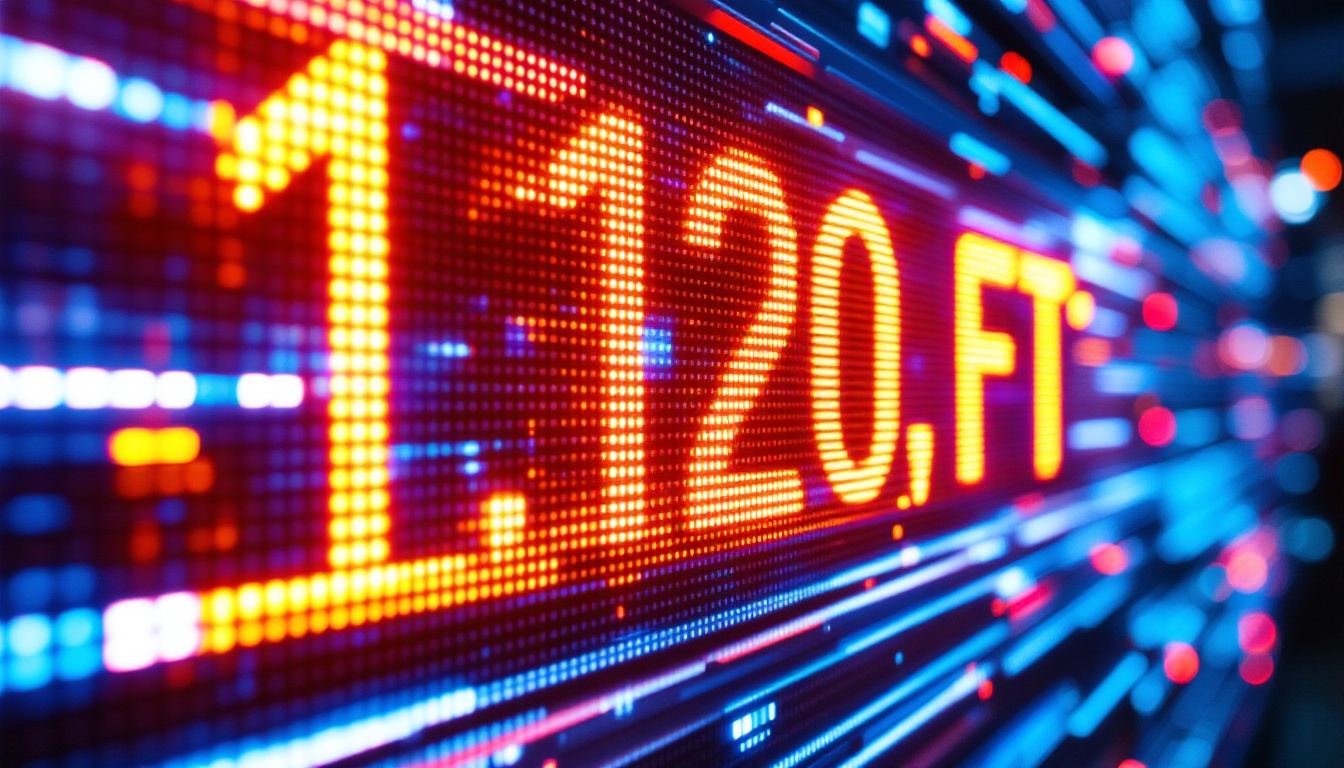In the world of visual technology, LED displays have emerged as a dominant force, revolutionizing how information is presented. Among the various configurations available, the 960 960 LED display stands out for its unique specifications and versatile applications. This article delves into what a 960 960 LED display is, its components, advantages, and the various sectors where it is utilized.
Understanding LED Displays
LED displays, or Light Emitting Diode displays, utilize semiconductor technology to emit light when an electric current passes through. This technology has advanced significantly, leading to various configurations tailored for different applications. The 960 960 configuration refers to the pixel matrix of the display, indicating that it has 960 pixels in width and 960 pixels in height. This specific arrangement allows for a high level of detail, making it ideal for applications where image clarity is paramount, such as digital signage and high-definition video walls.
The versatility of LED displays extends beyond mere pixel configuration. Innovations in LED technology have led to the development of features such as color calibration and brightness adjustment, which enhance the viewing experience. Furthermore, advancements in energy efficiency mean that modern LED displays consume less power while delivering superior brightness and color accuracy, making them an environmentally friendly choice for businesses and consumers alike.
What is Pixel Density?
Pixel density is a crucial factor in determining the quality of an LED display. It is measured in pixels per inch (PPI) and affects how sharp and clear the images appear. A higher pixel density means more pixels are packed into a given area, resulting in finer detail and better image quality. In the case of a 960 960 LED display, the pixel density can vary based on the physical size of the display, making it adaptable for different viewing distances. For instance, a small display with a 960 960 configuration will have a much higher pixel density compared to a larger display, which may be designed for viewing from a distance, such as in stadiums or outdoor events.
Understanding pixel density also involves recognizing its impact on user experience. Displays with lower pixel densities may appear pixelated when viewed up close, detracting from the overall visual appeal. Conversely, high pixel density displays provide a smoother, more immersive experience, making them ideal for applications in gaming, virtual reality, and high-definition video playback. As technology continues to evolve, the importance of pixel density in LED displays will only grow, influencing design choices across various industries.
Types of LED Displays
There are several types of LED displays, each serving different purposes. Common types include:
- Indoor LED Displays: These are designed for use in controlled environments, such as shopping malls, airports, and conference rooms. They typically have a higher pixel density, providing sharper images at closer viewing distances. Indoor displays often feature advanced technologies like HDR (High Dynamic Range) to enhance color vibrancy and contrast, making them particularly effective for advertising and presentations.
- Outdoor LED Displays: Built to withstand the elements, outdoor displays are larger and have lower pixel densities, allowing for visibility from greater distances. These displays are engineered to be weather-resistant and often come with features such as anti-glare coatings, ensuring that images remain clear even in bright sunlight. Their robust construction also allows for continuous operation, making them suitable for events, concerts, and public announcements.
- Transparent LED Displays: These displays are designed to be see-through, allowing for creative advertising solutions that do not obstruct views. Transparent LED technology is gaining popularity in retail environments, where they can be used to showcase products while maintaining visibility into the store. This innovative approach not only enhances the aesthetic appeal of storefronts but also engages customers in a unique way, blending digital content with the physical space.
Components of a 960 960 LED Display
A 960 960 LED display is composed of several key components that work together to produce high-quality visuals. Understanding these components can provide insight into how these displays function and their overall performance.
LED Modules
The fundamental building blocks of an LED display are the LED modules. Each module contains a grid of LEDs that can be individually controlled to create various colors and images. In a 960 960 display, multiple modules are arranged to form a larger screen. The quality of the LEDs used, including their brightness and color accuracy, significantly impacts the overall display performance.
Control Systems
The control system is responsible for processing the input signals and managing the display output. It converts video signals into a format that the LED modules can understand. Advanced control systems allow for real-time adjustments and can synchronize multiple displays for a cohesive visual experience. This is particularly useful in settings like concerts or large events where multiple screens are used in tandem.
Power Supply
Power supply units are essential for providing the necessary energy to the LED modules. A reliable power supply ensures consistent performance and longevity of the display. In a 960 960 LED display, the power supply must be capable of handling the total wattage required by all the modules, which can vary based on brightness settings and operational conditions.
Advantages of 960 960 LED Displays
The 960 960 LED display configuration offers numerous advantages that make it a popular choice for various applications. These benefits contribute to its growing presence in both commercial and residential settings.
High Resolution and Clarity
One of the most significant advantages of a 960 960 LED display is its high resolution. With a pixel matrix of 960 by 960, these displays can deliver sharp and vibrant images, making them ideal for applications where detail is crucial. Whether used for advertising, presentations, or entertainment, the clarity of visuals can greatly enhance viewer engagement.
Versatility in Applications
The versatility of 960 960 LED displays is another reason for their popularity. They can be used in a wide range of settings, including:
- Retail Environments: Retailers use these displays for dynamic advertising and promotions, capturing the attention of potential customers.
- Event Venues: Concerts, sports events, and conferences benefit from the vibrant visuals provided by these displays, enhancing the overall experience for attendees.
- Broadcasting: Television studios and newsrooms often utilize high-resolution LED displays for live broadcasts and presentations, ensuring that viewers receive clear and engaging content.
Energy Efficiency
LED technology is known for its energy efficiency compared to traditional display technologies. A 960 960 LED display consumes less power while providing superior brightness and color accuracy. This energy efficiency not only reduces operational costs but also contributes to a more sustainable approach to visual technology.
Applications of 960 960 LED Displays
The applications of 960 960 LED displays are diverse, spanning multiple industries and sectors. Their ability to deliver high-quality visuals makes them suitable for various environments.
Advertising and Marketing
In the advertising sector, 960 960 LED displays are used for dynamic digital signage. Retailers and brands leverage these displays to showcase promotions, new products, and engaging content. The high resolution and vibrant colors attract customers and enhance brand visibility, making them a valuable tool for marketing strategies.
Entertainment and Events
entertainment venues, including theaters, concert halls, and sports arenas, utilize 960 960 LED displays to enhance the audience experience. These displays can project live feeds, graphics, and advertisements, creating an immersive environment. The ability to synchronize multiple displays allows for stunning visual presentations that captivate audiences.
Corporate and Educational Use
In corporate settings, 960 960 LED displays are employed for presentations, training sessions, and internal communications. Their clarity and size make them ideal for conveying information to large groups. Similarly, educational institutions use these displays for lectures and events, facilitating interactive learning experiences.
Installation and Maintenance Considerations
Installing and maintaining a 960 960 LED display requires careful planning and consideration. Proper installation ensures optimal performance, while regular maintenance prolongs the lifespan of the display.
Installation Process
The installation of a 960 960 LED display involves several steps, including site assessment, mounting, and wiring. A thorough site assessment is crucial to determine the best location for visibility and accessibility. The display must be securely mounted to withstand environmental factors, especially for outdoor installations. Additionally, proper wiring and connections are essential for seamless operation.
Regular Maintenance
To keep a 960 960 LED display functioning optimally, regular maintenance is necessary. This includes cleaning the display surface, checking for loose connections, and monitoring the performance of the control system. Implementing a maintenance schedule can help identify potential issues before they escalate, ensuring the display remains in top condition.
Future Trends in LED Display Technology
The LED display industry is continuously evolving, with new technologies and trends emerging to enhance performance and user experience. The future of 960 960 LED displays looks promising, with several advancements on the horizon.
Improved Resolution and Color Accuracy
As technology advances, the resolution and color accuracy of LED displays are expected to improve significantly. Future 960 960 displays may incorporate higher pixel densities, resulting in even sharper images and more vibrant colors. This enhancement will benefit industries that rely on visual clarity, such as advertising and broadcasting.
Integration with Smart Technology
Smart technology integration is another trend shaping the future of LED displays. The incorporation of IoT (Internet of Things) capabilities will allow for remote monitoring and control, enabling users to manage displays more efficiently. This integration can streamline operations in commercial settings, allowing for real-time updates and content management.
Sustainability Initiatives
With growing concerns about environmental impact, the LED display industry is focusing on sustainability initiatives. Future displays may utilize eco-friendly materials and energy-efficient technologies, reducing their carbon footprint. This shift towards sustainability will resonate with consumers and businesses alike, promoting a greener approach to visual technology.
Conclusion
The 960 960 LED display represents a significant advancement in visual technology, offering high resolution, versatility, and energy efficiency. Its applications span various industries, from advertising to entertainment and education. As technology continues to evolve, the future of LED displays looks bright, with improvements in resolution, smart technology integration, and sustainability initiatives on the horizon. Understanding the components, advantages, and applications of 960 960 LED displays can empower businesses and organizations to make informed decisions about their visual technology needs.
Explore Cutting-Edge LED Displays with LumenMatrix
Ready to elevate your visual experience with the high resolution, versatility, and energy efficiency of the latest LED technology? LumenMatrix is at the forefront of LED display innovation, offering a diverse range of solutions tailored to meet your needs. From captivating Indoor LED Wall Displays to robust Outdoor LED Wall Displays, and from dynamic Vehicle LED Displays to sleek LED Poster Displays, our mission is to transform your visual communication. Discover how our LED Sports Displays, Floor LED Displays, Custom LED Displays, All-in-One LED Displays, and LED Transparent Displays can enhance engagement and empower your business. Check out LumenMatrix LED Display Solutions today and share your message with unparalleled impact and clarity.

